Our Commitment to Inclusive Excellence
St. Scholastica promotes diversity, equity and inclusion (DEI) work through the Division of Inclusive Excellence’s Multicultural Student Services, Native Initiatives, Community Resources and Professional Development Programs. We are dedicated to pursuing a just and equitable community.
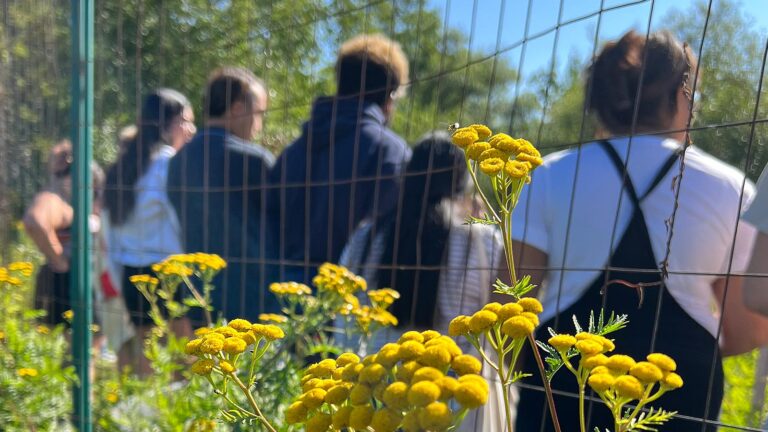
Multicultural Student Services
The Office of Multicultural Student Services provides leadership on student initiatives related to diversity, equity and inclusion. At our core, we are committed to supporting students through:
- Advisement
- Clubs, events and programming
- Multicultural Leadership Orientation (MLO)
- Social justice scholarships
- Student Employment
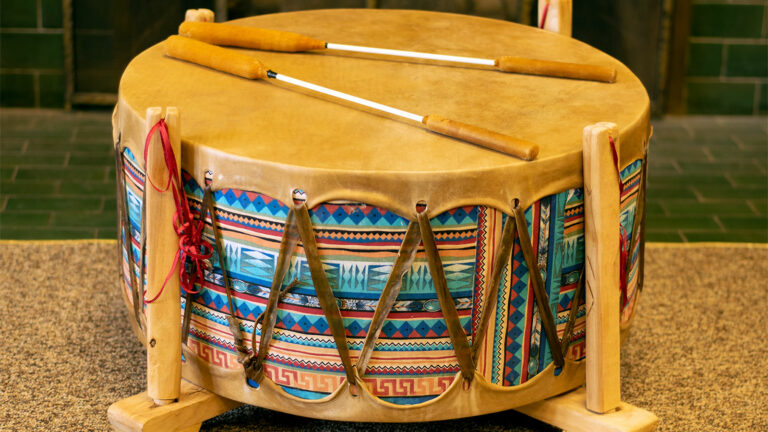
Native Initiatives
Native Initiatives embodies St. Scholastica’s commitment to be a partner with regional Minnesota tribal communities. The purpose of Native Initiatives is to engage and speak to the historical and contemporary affairs facing Native communities and to create academic programming, community outreach, and student support that honors the unique and distinct attributes of Native students and communities. The College is committed to being a partner in celebrating and supporting tribal sovereignty through the following efforts:
- Ojibwe Medicine Garden
- Monthly Culture and Language
- Local and Regional Tribal Communities Engagement
- St. Scholastica’s Land Acknowledgement
Community Resources, Outreach and Training
Community outreach and engagement are crucial endeavors in our Inclusive Excellence work. Through proactive outreach and a spirit of collaboration, we reach beyond campus borders, forging meaningful connections with diverse communities and supporting diverse community initiatives. Such efforts enrich and contribute to the broader efforts to create a more just and inclusive community. We particularly aim to amplify and support the voices of underrepresented groups and champion inclusivity in all its forms.

Employee Engagement and Professional Development Programs
Employee engagement and professional development are at the heart of our inclusive excellence efforts. St. Scholastica encourages and empowers employees to explore and grow in their understanding and application of diversity, equity and inclusion. As an employee, you can increase your cultural fluency through the programs below, as well as support and advance DEI initiatives as a part of the College community.

One Campus One Read (OCOR)
The annual OCOR program connects employees around a social justice-themed book. These events create shared and meaningful dialogue on campus around a common topic and bring people together.
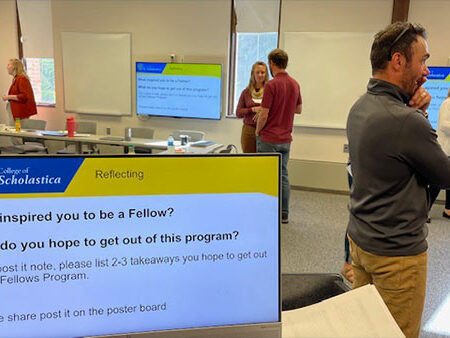
Eue Faculty and Staff Fellows Program
Each individual in the employee fellows program identifies a problem of practice related to diversity, equity and inclusion in their department. They focus on resolving or improving that challenge/barrier throughout the year.

Anti-Bias Search Advocate Program
The Anti-Bias Search Advocate program trains employees to use a research-based model to aid in minimizing the impacts of cognitive and structural biases in our search process. To date, we have trained around 40 advocates.

L.E.A.D Certificate
In the Leadership, Education, Advocacy and Diversity program, participants complete 9 workshops, an IDI and a final reflection. This training empowers employees to create a more just and equitable community.
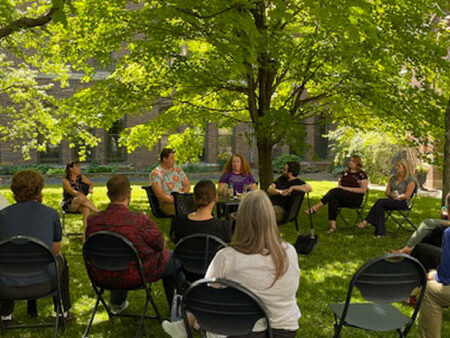
DEI Conversations
The College community collaborates with campus offices and community partners to promote inclusive practices across campus. Through these intentional DEI conversations, we’re able to implement these efforts.

Diversity Dish
Employees gather at monthly Diversity Dishes to learn and explore a DEI topic in a low-key, relaxed atmosphere. Presenters include College and area community members sharing their DEI and accessibility advancements.

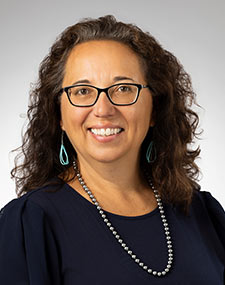 Amy Bergstrom, EdD
Amy Bergstrom, EdD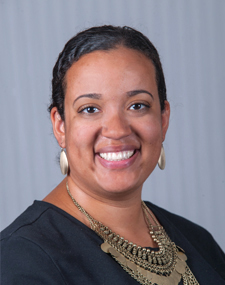 Sarah Stewart
Sarah Stewart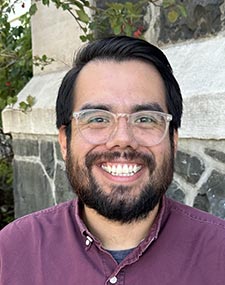 Andrew Jacinto
Andrew Jacinto Hang out, be yourself, build community, challenge yourself and learn from others. Located on the ground floor of Tower Hall (T25), the Center for Just Living (CJL) serves as a social gathering space for students. The CJL is a safe place for BIPOC students, LGBTQ+ students, other underrepresented students, and everyone involved with CJL clubs and activities. The CJL cannot be reserved for events or activities.
Hang out, be yourself, build community, challenge yourself and learn from others. Located on the ground floor of Tower Hall (T25), the Center for Just Living (CJL) serves as a social gathering space for students. The CJL is a safe place for BIPOC students, LGBTQ+ students, other underrepresented students, and everyone involved with CJL clubs and activities. The CJL cannot be reserved for events or activities. The Intercultural Center is the bridge between the CJL and the student union on the ground floor of Tower Hall (T23 and T21). Students use this space for studying, fundraisers and club meetings. It is open to all students involved with the Office of Multicultural Student Services. The Intercultural Center (IC) promotes cross-cultural understanding and inclusivity by encouraging the campus community to socially engage and respectfully interact with one another in a diverse environment. Contact the Associate Director, Sarah Stewart, with any questions or to reserve the space for an event or activity.
The Intercultural Center is the bridge between the CJL and the student union on the ground floor of Tower Hall (T23 and T21). Students use this space for studying, fundraisers and club meetings. It is open to all students involved with the Office of Multicultural Student Services. The Intercultural Center (IC) promotes cross-cultural understanding and inclusivity by encouraging the campus community to socially engage and respectfully interact with one another in a diverse environment. Contact the Associate Director, Sarah Stewart, with any questions or to reserve the space for an event or activity. Located on the third floor of Tower Hall (T3115), the Jiimaan Abiwin room (also known as the Canoe Room) is a place that centers Native American culture and community. Students practice their traditional spirituality and know that they are in a safe environment based on their unique needs and culture. Smudging is allowed in this space for physical and mental well-being.
Located on the third floor of Tower Hall (T3115), the Jiimaan Abiwin room (also known as the Canoe Room) is a place that centers Native American culture and community. Students practice their traditional spirituality and know that they are in a safe environment based on their unique needs and culture. Smudging is allowed in this space for physical and mental well-being.
Multicultural Student Services oversees, supports and provides mentorship to a number of student clubs focused on social justice. These clubs are part of the Center for Just Living (CJL) and have a staff or faculty advisor, as well as a board of student leaders and student members. Each club also has a presence in the Justice League, which is a leadership cohort that meets regularly under the direction of the Associate Director of Multicultural Student Services. Explore the clubs below, check out SaintsLife for more information and join a group.
Social Justice Clubs
Asian Student Union
The mission of the Asian Student Union is to promote awareness of the cultures of Asia and foster understanding of cultural diversity in The College of St. Scholastica and the greater Duluth community. Planned club activities and community-wide events provide a safe, enjoyable and stimulating environment for club participants and visitors. All people from all backgrounds are welcome!
Black Student Union
The mission statement/purpose of BSU is to educate, celebrate, and support as well as to create a sense of community specifically related to Black identities at Scholastica. The club is focused on Black identities and all are welcome.
Earth Action
Coming Soon
International Student Association
The International Student Association is for all St. Scholastica students. The purpose of the club is to provide all students and the community the opportunity to better understand and to be more aware of different cultures throughout the world. We meet every other Thursday. Everyone is welcome to join the club! If you are interested, contact us to receive information about our meetings and events throughout the year.
Latinx Student Union
Latinx Student Union (LSU) upholds an appreciation for the richness and beauty of the Latinx culture. We want to assist fellow members in widening the knowledge and appreciation of the language and culture of Spain, Mexico, Central and South America, and the Caribbean to the community.
Native American Student Alliance
The Native American Student Alliance strives to be a safe and engaging group for Native students as well as non-Native students on campus. Native American Student Alliance provides a space for Indigenous peoples attending The College of St. Scholastica to connect and share our unique, authentic indigenous ways of knowing with each other and with non-indigenous peoples within the community. As a club, we participate in group bonding activities and volunteering within the community. All self-identified Native students and non-Native allies are welcome to participate in club activities. Please contact us for more information or to connect with the club.
Queer Student Union
Coming Soon
United for Africa
United for Africa is a student-led club at The College of St. Scholastica that seeks to raise awareness and foster an in-depth analysis of issues affecting Africa and the African Diaspora. Club membership is open to all students, staff and faculty and currently includes members from many countries in Africa, Latin America, the Caribbean and the United States. United for Africa works to clear prejudices and stereotypes, have meaningful discussions, empower future leaders and celebrate cultures. The club holds events throughout the year that are both educational and fun, and meets one day every other week.
Join a Club